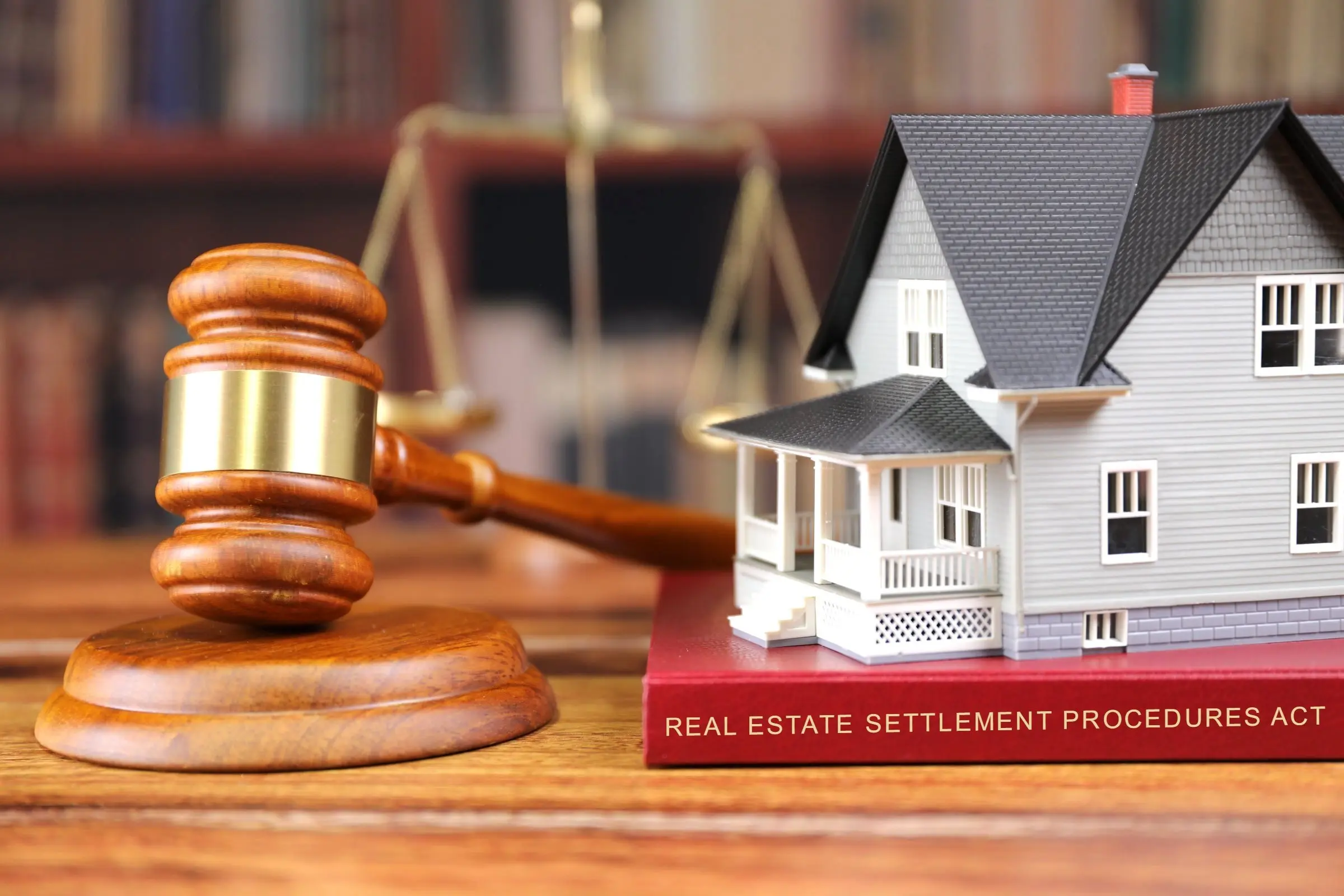The real estate market in the Philippines has experienced remarkable growth over the past decade, establishing itself as a prime destination for both local and international investors. Fueled by a young, vibrant population and a rapidly expanding economy, the demand for residential, commercial, and mixed-use properties continues to surge. For investors aiming to capitalize on this dynamic sector, understanding the key opportunities and selecting the right properties for sale are crucial steps toward optimizing returns and securing long-term financial success.
Why Invest in Real Estate in the Philippines?
The Philippines’ strategic location in Southeast Asia, paired with its robust and steadily growing economy, continues to make it an ideal hotspot for real estate investment. Urban centers such as Metro Manila, Cebu, and Davao experience strong property demand driven by increasing population density and industrial growth. The government’s ongoing infrastructure developments — including expansions of airports, highways, and mass transit systems under programs like “Build, Build, Build” and its successors — are enhancing connectivity and significantly boosting property values nationwide.
Real estate investment offers multiple advantages, including a reliable hedge against inflation, opportunities to generate passive income through rentals, and potential for substantial capital appreciation. Success in this market depends on selecting properties with high growth potential and sustained demand, ensuring both short-term returns and long-term wealth accumulation.
What to Look for in a Property for Sale
When evaluating properties for sale, several critical factors influence the investment’s future value. Location remains the most important criterion: properties situated near economic hubs, educational institutions, hospitals, and commercial centers typically appreciate faster and provide easier rental opportunities. Additionally, the developer’s credibility and the construction quality are vital to ensure long-term asset stability and appeal.
PHINMA Properties, a renowned real estate developer in the Philippines, offers a wide array of options tailored to diverse investor needs. Their impressive portfolio ranges from upscale townhouses residences, such as those in Likha Residences, to affordable housing projects like Arezzo Place in Davao. Each development prioritizes quality, sustainability, and community-building to foster livable environments while maximizing investment potential (PHINMA Properties) (PHINMA Properties).
Building Your Real Estate Portfolio with PHINMA Properties
For novice and seasoned investors alike, PHINMA Properties provides extensive resources and expert guidance to navigate the complexities of real estate investment. Their detailed guides cover essential topics such as real estate planning, market trends, and strategic investment approaches, empowering buyers to make informed decisions. Whether acquiring a property for personal use or investment, PHINMA’s varied portfolio offers options that suit a broad range of budgets and objectives.
Investing with PHINMA means aligning your portfolio with the Philippines’ growth trajectory. Their offerings include everything from affordable studio units to elegant townhouses, making it easier than ever to find a property that fits your financial plan and investment goals.
Conclusion
Investing in real estate in the Philippines transcends property ownership; it’s a pathway to securing financial stability within a prospering market. Developers like PHINMA Properties deliver diverse, high-quality housing options that cater to evolving market demands. Whether you are a veteran investor or just starting out, choosing the right property for sale can propel you toward lasting financial growth.
For comprehensive details on properties for sale and to explore investment opportunities, visit PHINMA Properties.
Additionally, the evolving landscape of the Philippine real estate market is increasingly influenced by sustainable building practices and smart city concepts. Investors are now looking beyond location and pricing to consider energy efficiency, eco-friendly materials, and community-centric designs that promote a healthier living environment. This shift not only meets regulatory expectations but also appeals to environmentally conscious buyers and tenants, potentially enhancing property value and marketability. Staying informed about these trends can provide investors a competitive edge and align their portfolios with future-ready developments.


